有序介孔Co3O4储钠性能研究毕业论文
2020-07-07 21:35:06
摘 要
能源的话题一直是现代人最关注的话题之一,非常重要的话题!因为随着现代生活的不断进步,对能源的需求已经不仅是必不可少,而且是一刻都离不了!所以,现代的能源,从大的角度:煤炭,天然气,石油等化石能源发展到核电,风力发电,水力发电等能源形式,再然后到人们迫切需要的可携带的方便能源即蓄能电池。比如电动汽车,对蓄电池要求不但数量大,而且对容量和倍率等性能指标的要求也非常高。目前,普遍使用的是锂电池,并且锂电池的技术已经比较成熟,但过度的开发锂资源导致的锂原料的价格上涨,并且可以预计以后的锂资源会出现枯竭之势,所以开发新型材料的储能电池势在必行,我们就把关注点投向了钠电池。钠电池作为许多极具潜力的理想的储能电池之一,具有资源多、成本低、环境保护比较好等优势,但是目前钠离子电池能量密度等性能指标比较低的缺陷较难满足高容量倍率的蓄能电池的要求,因此,开发目前具有优秀的理论容量以获得较高能量密度电池的电极材料势在必行。探索这些存在可能性的材料时,我们发现过渡族金属氧化物由于它的高能量密度,这使得它们具备了成为下一代钠电池的负电极材料的可能。而在不同的过渡金属氧化物中,具有反尖晶石结构的Co3O4由于具有较高的容量、原料丰富及低成本被广泛关注。尽管如此,较差的电导性和离子传输动力学,加之充放电过程中大的体积改变,限制了其应用。为了进一步研究探索Co3O4性能以及改进的可行性,本论文重点研究了有序介孔Co3O4的合成,以此组装成电池,并对有序介孔Co3O4材料进行微结构分析,并且对用有序介孔Co3O4材料组装的电池进行电化学性能的分析来研究其作为钠电池负电极的性能。并且得出结论:有序介孔结构中纳米尺度的孔壁可以缩短钠离子的传输距离,介孔孔道为钠离子的传输提供通畅的孔道,可以期望其具有优异的储钠性能。
关键词:有序介孔Co3O4 钠离子电池 储钠性能
Abstract
The topic of energy has always been one of the most concerned topics of modern people. It is a very important topic! Because with the continuous advancement of modern life, the demand for energy has not only been indispensable, but also can not be separated from the moment! Therefore, modern energy sources, from a large perspective: coal, natural gas, oil and other fossil energy development to nuclear power, wind power, hydropower and other energy forms, and then to people urgently need to carry portable energy storage batteries. For example, electric vehicles require not only a large number of batteries, but also high performance requirements such as capacity and multiplier. At present, lithium batteries are widely used, and the technology of lithium batteries is relatively mature, but excessive development of lithium resources leads to an increase in the price of lithium raw materials, and it is expected that the future lithium resources will become depleted, so new types of materials are developed. Energy storage batteries are imperative, and we have focused our attention on sodium batteries. As one of many ideal potential energy storage batteries, sodium battery has many advantages such as abundant resources, low cost, and good environmental protection. However, the defects such as the low energy index of sodium ion battery are difficult to meet the high capacity ratio. Because of the requirements of energy storage batteries, it is imperative to develop electrode materials that currently have excellent theoretical capacity to obtain higher energy density batteries. When exploring these potential materials, we discovered that transition metal oxides have the potential to be the negative electrode material for the next generation of sodium batteries because of their high energy density. Among different transition metal oxides, Co3O4 having an inverted spinel structure has attracted attention due to its high capacity, rich material, and low cost. Despite this, poor electrical conductivity and ion transport kinetics, combined with large volume changes during charge and discharge, limit their application. In order to further study the performance of Co3O4 and its feasibility, this dissertation focuses on the synthesis of ordered mesopores, the assembly into a battery, the microstructure analysis of ordered mesoporous Co3O4 materials, and the assembly of ordered mesoporous Co3O4 materials. The battery was analyzed for electrochemical performance to investigate its performance as a sodium battery negative electrode. It is concluded that the nanoscale pore walls in the ordered mesoporous structure can shorten the sodium ion transport distance, and the mesoporous pores provide a smooth pore for the sodium ion transport and can be expected to have excellent sodium storage properties.
Key words: Ordered mesoporous; Co3O4; Sodium ion battery; Sodium storage performance
目录
摘 要 1
Abstract 2
第一章 文献综述 1
1.1本课题的引入及钠电池的发展前景 1
1.2钠离子电池工作原理 3
1.3钠电池的负极材料 4
1.3.1碳基材料 4
1.3.2合金材料 5
1.3.3金属氧化物 6
1.4 Co3O4性能介绍 6
1.5 Co3O4的制备 7
1.5.1液相沉淀法 7
1.5.2 水热法 7
1.5.3溶剂热法 7
1.5.4有序介孔Co3O4的制备方法:硬模板法 8
1.6本课题要研究解决的问题 8
第二章 实验材料制备 9
2.1有序介孔Co3O4制备 9
2.1.1本实验中使用的试剂 9
2.1.2 本实验使用的仪器设备 10
2.1.3 材料的制备 10
2.2 样品性能表征方法 11
2.2.1 (XRD)X射线衍射测试 11
2.2.2 BET测试方法 13
2.3电池组装 13
2.3.1正极电极片的制备 13
2.3.2组装纽扣电池 14
第三章 有序介孔Co3O4材料样品物相分析和结构表征 15
3.1 样品物相分析与结构表征 15
第四章 电化学性能 18
4.1 结果和讨论 18
第五章 结论与展望 21
5.1结 论 21
5.2问题与展望 21
参考文献 22
致 谢 24
文献综述
1.1本课题的引入及钠电池的发展前景
当今世界最关注的话题必不可少的是能源和环境问题。人类的无数活动离不开能源,特别是随着信息时代机械智能化的发展,人们对能源的依赖已经达到空前的程度,想象一下:如果哪天没有了能源,人类会是个什么样子?所以,能源的重要性不言而喻!细细分析一下现在的能源结构:现在化石能源(煤炭、天然气、石油等等)的年总消费量占全球能源年总消费量的百分之八十五以上,也就是目前而言,人类使用的能源大多数来自于化石能源。我们大家都知道化石能源储量是非常有限的,都属于不可再生能源,来源于大自然的恩赐。我们作为地球上的人类依赖着大自然的恩赐,大量地有些无节制地消耗着这些有限的资源。之所以说有限,是因为它们被人类用完了就枯竭了。所以,正是因为无止境的人类能源需求的不断无节制的增加导致化石能源的不受控制的开采滥采,一方面的结果必将导致导致化石能源资源面临枯竭的困境。与此同时,化石能源的无序开采利用会造成极大的环境污染,这个现象已经在多处开采地出现,给当地的环境造成了极大的危害,有的地方已经变得不适合居住了!这是我们在摧毁自己的家园啊!至于雾霾、温室效应等环境影响的问题,我们的气象报告已经给予了充分的反应:时常侵袭我们的雾霾天,重度污染天,沙尘暴,酷暑高温天的增多,等等,这许多问题已经对人类生存环境产生了莫大的威胁!因此探索新能源系统势在必行,迫在眉睫!而我们都知道可再生能源具有自我更新功能,是自然性质的,这个特性使得它可以作为人类不竭的能源来源,可以满足人类不断增长的莫大的能源需求。具体地总结一下:可以说可再生能源具体应该包括海洋能、太阳能、潮汐能、地热能和生物能。不一而足。
然而,由于我们提到的这些新能源系统具有比较特殊的间歇性和区域性,因此,这些新能源系统得到有效利用还面临着许多技术难题和重大挑战, 其中规模储能是解决这些问题的关键技术。目前有各种各样的储能方式。通过对各种储
相关图片展示:
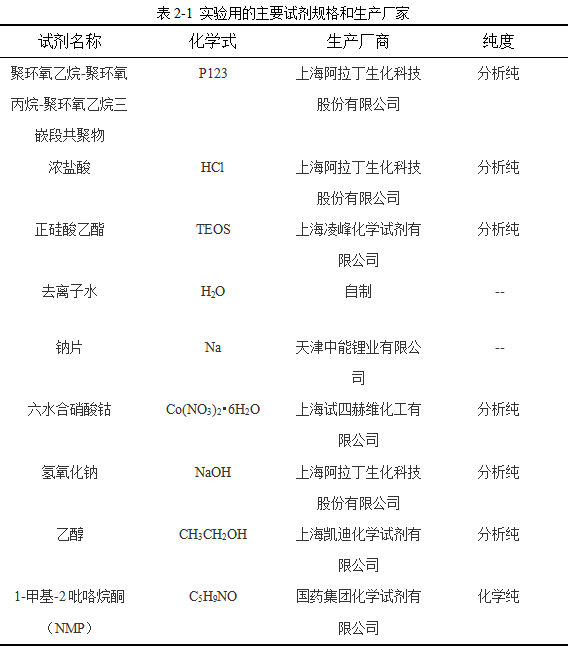
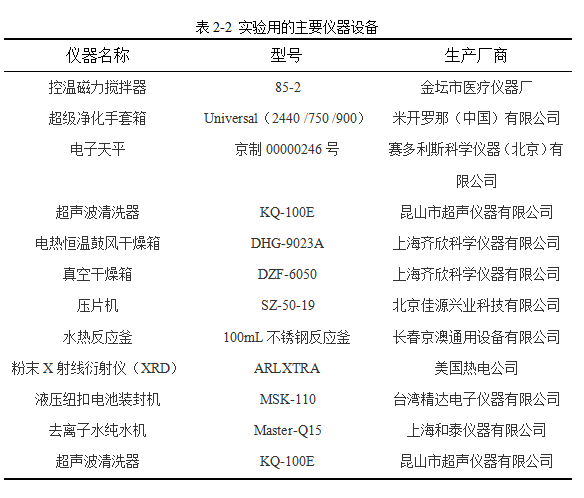
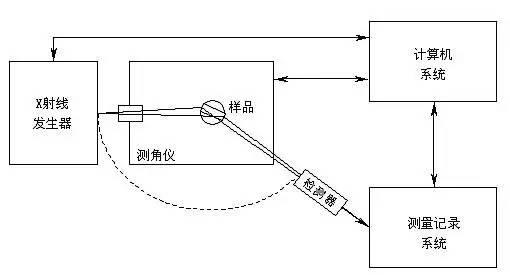
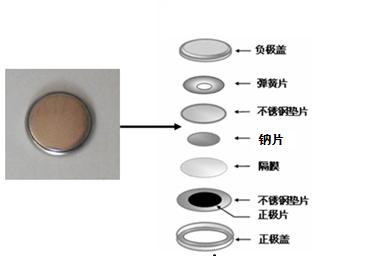
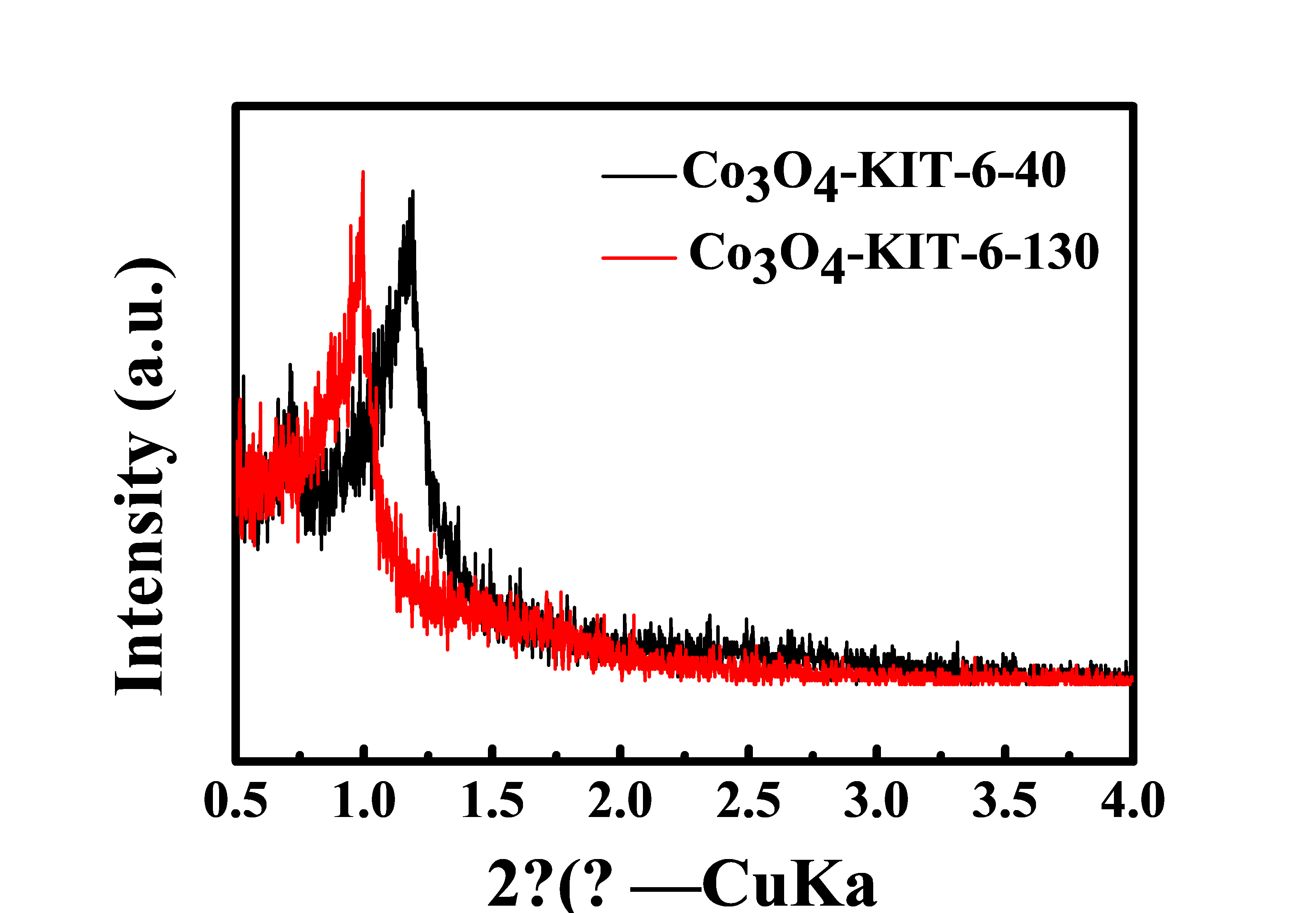
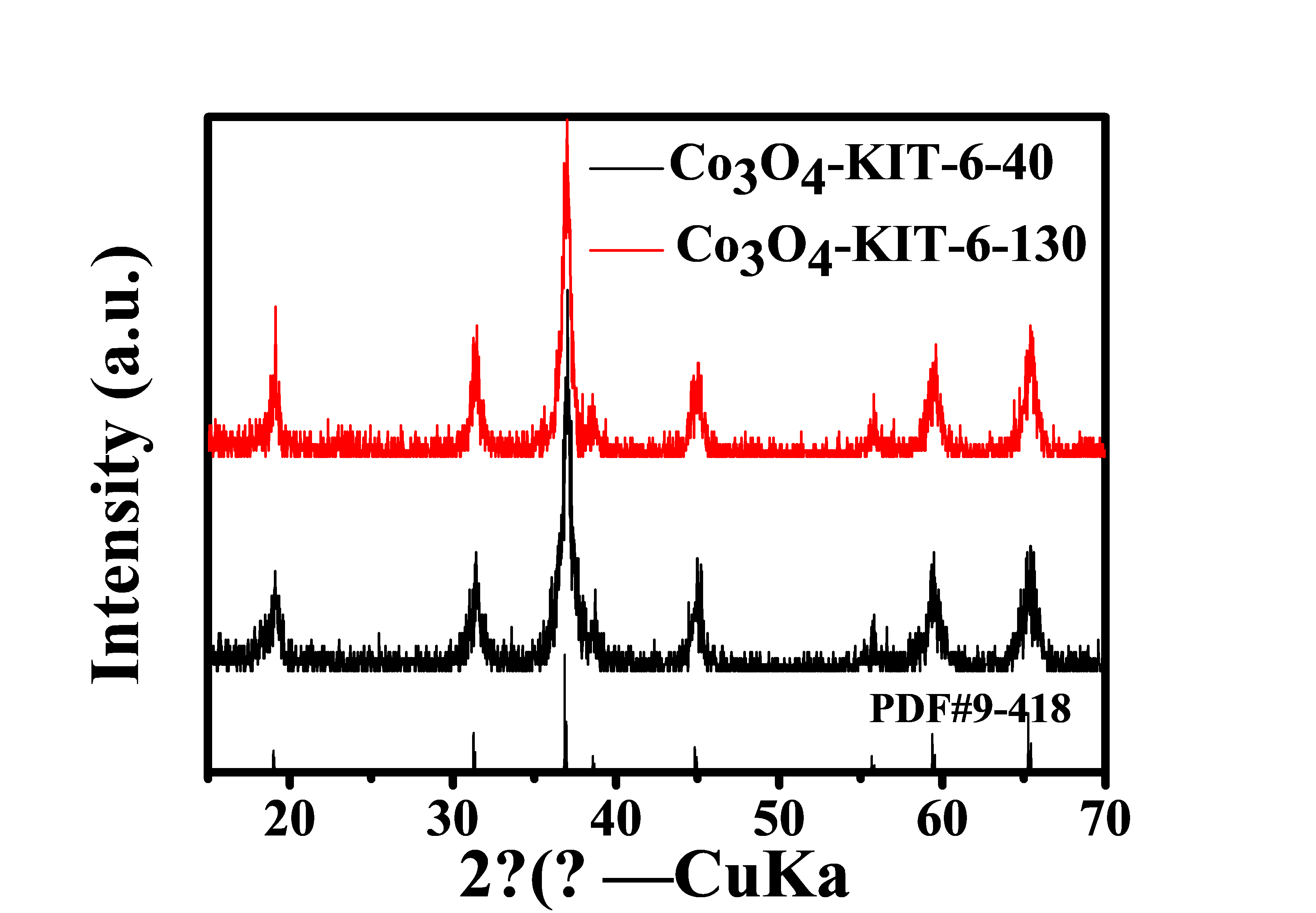

您可能感兴趣的文章
- 元素对Ti-xAl-yMo-zV和Ti-xAl-yMo-zCr β-Ti合金应变速 率敏感性的影响外文翻译资料
- 复合工艺提高先进钠离子电池的电位窗口外文翻译资料
- 氧化还原催化辅助下的高稳定钒氧化还原流电池外文翻译资料
- 用于高压可伸缩储能的电解锌锰电池外文翻译资料
- 表面活性剂改性疏水性Cu2O量子点作为高效钙钛矿太阳能电池顶部空穴传输材料外文翻译资料
- Nb 和 Ni 共掺杂 Mg(0001)氢解离扩散的理论研究:外文翻译资料
- 低温固相法制备锂离子电池正极材料LiFeSO4F毕业论文
- 锂空气电池新型正极催化剂Gd2Zr2O7的制备与性能研究毕业论文
- 酸类添加剂对beta”-Al2O3电泳沉积成型法的影响毕业论文
- CuZr非晶合金中短程有序结构及其与玻璃形成能力的关系研究毕业论文




